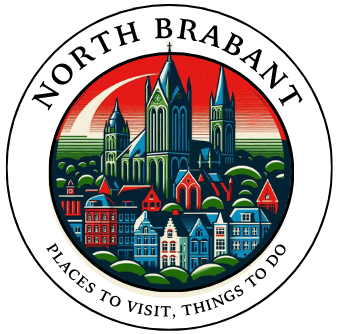A Guide To The Castles Of North Brabant
North Brabant is a hidden gem in the Netherlands. If you’re a history lover, an architecture enthusiast, or just someone who loves a good story, you will like it a lot. This region has castles that date back centuries, each with its own unique charm and character. Walking through these structures is like hopping in … Read more
